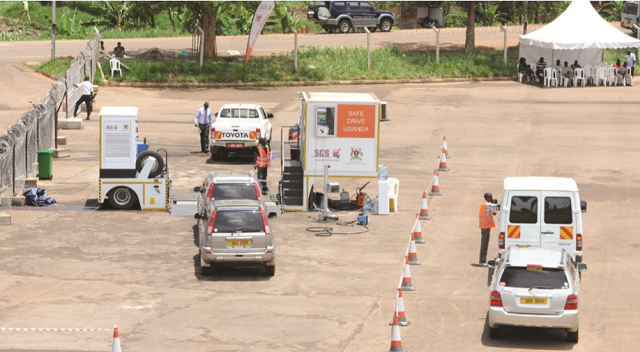Government is planning new tough regulations on land use especially in the construction sector to solve the escalating land disputes.
This was disclosed by Persis Namuganza, the Minister of State for Land on Friday while officiating at the launch of new report, Locked Out; How unjust land systems are driving inequality in Uganda by Oxfam.
The event took place at Nsambya based Mestil Hotel. The report was written by economist Dr. Fred Muhumuza and Patience Akumu, an employee of Oxfam.
Without giving details, Namuganza said that Uganda’s population is exploding, thus the need to review existing laws on land use.
“There is need to expeditiously review the land laws in Uganda. Although the land doesn’t increase, the population has since exploded from 6 million in 1962 to (an estimated 42m in 2019) and in 2035, the population will be at 50 million,” Namuganza said.
The Minister added that population will shoot up to 100 million by 2050.
“…government is laying down strategies to address land disputes in the country,” she added.
The minister also proposed that there’s need to change many things including regulating people constructing houses.
According to the report, the poor population, young people and women most of whom live in rural areas have been locked out from enjoying their land rights.
The report notes that at 80%, rural areas experience more poverty rates than urban areas whose poverty rate is 30%.
Land disputes according to the report stem from the post-colonial land laws and the available policies have failed to effectively deal with perpetual land questions.
The Oxfam Country Director Edward Mwebaze said that there’s a huge gap between the poor and the rich according to the recent researches done by the organisation in 2017.
“The poor are marginalised and many were locked up off their land, paid less or payment delayed. We invite the authorities to come up with clear solutions to deal with the situation,” Mwebaze said.
Between 1996 and 2012 the richest 10% of the population increased their share of national income from 29.9% to 35.7%. On the contrary, the share of the poorest 10% decreased from 3.2% to 2.5%.
Presenting highlights of the report, Dr. Muhumuza said that people providing paid agricultural labor and people in subsistence farming are more likely to be poor than those whose main income is commercial farming or other non-agricultural enterprise.
“The use of land also has an impact on households that are not directly dependent on land-based activities. This is through the production of food, export revenues, and industrial production that influence the price levels and value of real income,” Muhumuza said.
He added that the most frequent causes of disputes around land relate to boundaries, rights of way or access (36%), ownership or use (25%), land grabbing (22%) and missing or unclear land titles (4%).
“The inadequacy of land dispute resolution mechanisms is a major contributor to inequality,” he said, adding: “Trust in dispute resolution mechanisms is undermined by interventions of the Office of the President in cases that are already in court.”
By Aloysious Kasoma





